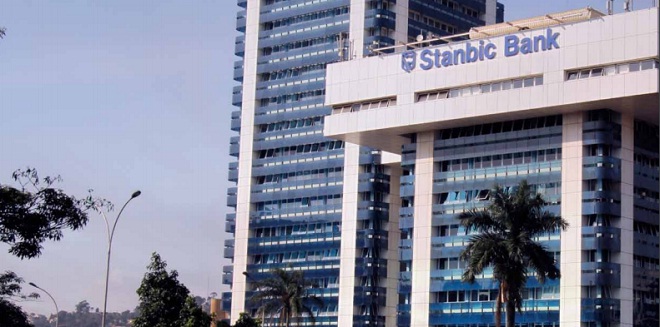
Low interest rates still hinder industry profitability
Kampala, Uganda | ISAAC KHISA | Uganda’s commercial banks will pull off a surprise profit growth amidst low interest rates that dominated 2018. This is due to a sharp decline in the Non Performing Loans and growth in the private sector credit as prospective investors sought for more credit to finance various investments.
Patrick Mweheire, the chief executive officer at Stanbic Bank and the chairman at the Uganda Bankers Association told The Independent in interview that banks are likely to record at least 12-13% growth in profit this year compared with 2017.
“NPLs are now around 2% compared with around 7% last year. Private sector credit is around 10-11% from around 2% last year,” he said, “So, the risk is down, growth is back up, and that means that we shall see some growth in profits.”
Last year, the country’s banking industry recorded a 10% growth in net profit to Shs 673bn, up from Shs 611bn in 2016 excluding Crane Bank (Shs 302bn including Crane Bank), according to Bank of Uganda. Based on individual bank performance, Stanbic Bank recorded a mere 5% growth in net profit to Shs200bn last year, up from Shs191bn in 2016.
Ecobank and Equity Banks recorded a Shs 1.5bn in net profit, up from Shs 813 million and Shs 29.2bn, up from Shs 17.1bn, respectively, during the same period under review.
Centenary Bank witnessed a drop in net profit from Shs 110bn in 2016 to Shs 101bn to 2017, a similar trend was witnessed by Standard Chartered Bank that recorded a reduction in net profit from Shs 128 bn to Shs 106bn. Bank of India recorded a net profit of Shs 3.5bn in 2017, up from Shs 2.3bn recorded in 2016.
However, Commercial Bank of Africa, Cairo International Bank and Top Finance Banks, which recorded Shs 1.2bn, Shs 1.1 bn, and Shs 4.2 bn loss, respectively, are some of the six banks that recorded losses during the year.
Mweheire said the improvement in the performance of the economy and easing of the monetary policy played a role in the industry’s profitability.
Uganda’s economy is estimated to have grown between 7-8% in the first 10 months of 2018 higher than the projected 6% growth, according to the Bank of Uganda. This is higher than the annual 4.5% and 2.5% growth rates recorded in 2017 and 2016, respectively.
This development comes as the Bank of Uganda Annual Report 2017/18 shows that the private sector credit, though still weak, showed a sign of recovery in the FY 2017/18 relative to the previous year as monetary policy remained accommodative over the period under review.
The current Central Bank Rate at 10% is still the lowest since 2011 when Inflation Targeting Lite (ITL) was introduced to tame inflation that had jumped to 30%, the highest since 1993. The highest point, the CBR has been was 23% at the end of 2011.
This has triggered a sharp drop in lending rates from an average of 22.6% last year to 20.3% at the moment. Private sector credit grew, on average by 6.5% in the FY 2017/18, which is higher than the 4.2% in the previous year.
Similarly, the private sector credit had increased by 10.5% as at the end of June this year compared with 5.6% in the previous year. However, the annual private sector credit was 5.3% during the year compared with 3.3% in the previous financial year.
The growth in Private sector credit is attributed to the easing monetary policy, improved economic conditions and reduction in supply-side constraints as NPL declines.
The sluggishness in the same growth, is in part due to the banks present risk aversion given high default rate in the past. Sector-wise, growth in private sector credit was mainly driven by growth in credit to agriculture, personal and household loans, and trade, which together constituted 50% of the total private sector credit.
Credit growth to manufacturing, mortgage, building, construction and real estates, which together account for 33% of the total credit, has notably recovered, having been negative for more than half of the financial year.
“The trend, if sustained, is likely to boost investment and consumption which should in turn boost growth,” the report reads in part.
BoU said the banking system remained safe and sound during the year as all commercial banks were well capitalized. The asset base of the banking industry grew by Shs2.5trillion or 10.2% growth from Shs 24.9trillion to Shs 27.4trillion during the same period under review.
The industry’s gross loans and advances grew by 11% from Shs11 trillion to Shs 12.2 trillion while NPL and advances reduced from Shs 542.8bn to Shs 136.8bn. Total deposit rose by Shs98.1bn to 438.8bn over the same period under review.
 The Independent Uganda: You get the Truth we Pay the Price
The Independent Uganda: You get the Truth we Pay the Price



